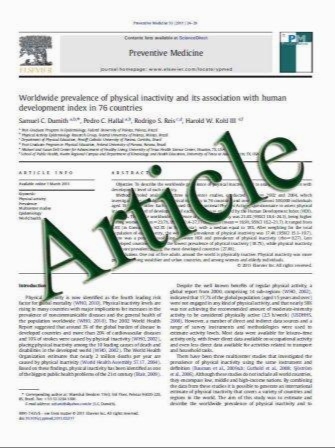Histopathological incidence of facial canal dehiscence in otosclerosis
- نوع فایل : کتاب
- زبان : انگلیسی
- مؤلف : Shigenobu Nomiya Sebahattin Cureoglu Shin Kariya Norimasa Morita Rie Nomiya Kazunori Nishizaki Michael M. Paparella
- چاپ و سال / کشور: 2011
Description
The objective of this study was to evaluate the histopathological incidence of facial canal dehiscence in otosclerosis cases compared with non-otosclerotic controls. 133 temporal bones from 84 otosclerosis (35 unilateral otosclerosis, 49 bilateral otosclerosis) cases were compared to 102 age-matched normal temporal bones from 70 subjects (38 unilateral normal cases, 32 bilateral normal cases). Temporal bones were serially sectioned in the horizontal plane at a thickness of 20 lm, and were stained with hematoxylin and eosin. We evaluated the location and the invasion of otosclerosis to the facial canal and incidence of facial canal dehiscence under light microscopy. Facial canal was subdivided into four portions: (1) the geniculate ganglion, (2) the tensor tympani muscle, (3) the oval window, and (4) mastoid. The incidence of facial canal dehiscence in otosclerosis [66 temporal bones (49.6%)] was significantly lower than normal controls [67 control temporal bones (65.7%)] in the oval window area (P = 0.019). Temporal bones with otosclerotic invasion to the thin bone of the canal were significantly less likely to have dehiscence [10 temporal bones (31.3%)] compared to the otosclerotic bones without invasion [56 temporal bones (55.5%)] (P = 0.025). There was no significant difference in the incidence of facial canal dehiscence between temporal bones with and without otosclerosis in the entire segment of facial nerve. Our findings in this study suggest that otosclerotic lesions have the potential to close dehiscence of the facial canal in the oval window area
Eur Arch Otorhinolaryngol (2011) 268:1267–1271, Received: 1 October 2010 / Accepted: 20 January 2011 / Published online: 9 February 2011 Springer-Verlag 2011


